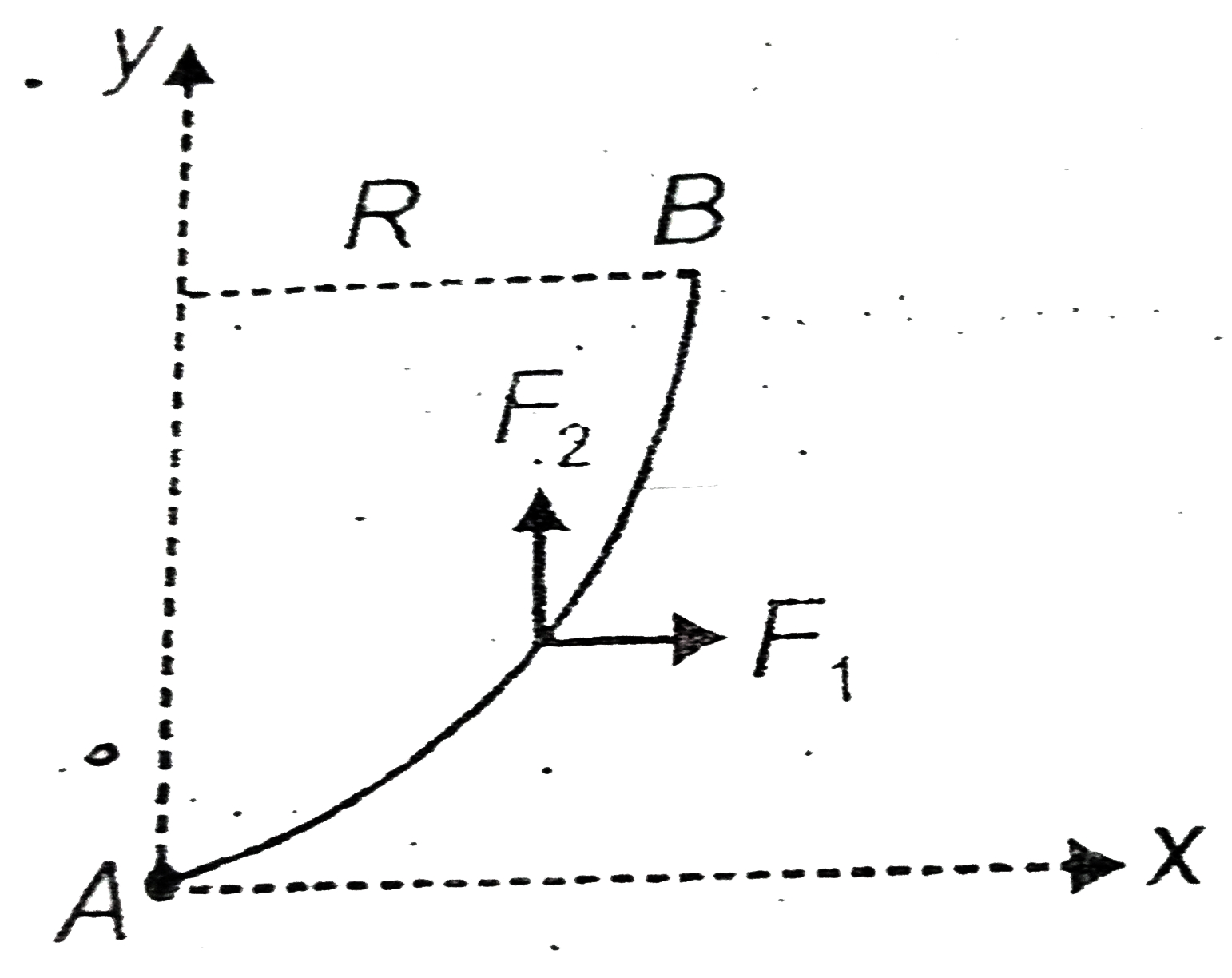Text Solution
Verified by Experts
|
Topper's Solved these Questions
WORK, ENERGY AND POWER
AAKASH INSTITUTE|Exercise TRY YOURSELF|95 VideosView PlaylistWORK, ENERGY AND POWER
AAKASH INSTITUTE|Exercise SECTION-A (OBJECTIVE TYPE QUESTIONS (ONE OPTIONISCORRECT)|60 VideosView PlaylistWORK, ENERGY AND POWER
AAKASH INSTITUTE|Exercise Assignment (SECTION - D)|15 VideosView PlaylistWAVES
AAKASH INSTITUTE|Exercise ASSIGNMENT ( SECTION-D ( Assertion - Reason Type Questions ))|12 VideosView Playlist
Similar Questions
Explore conceptually related problems
Knowledge Check
Similar Questions
Explore conceptually related problems
